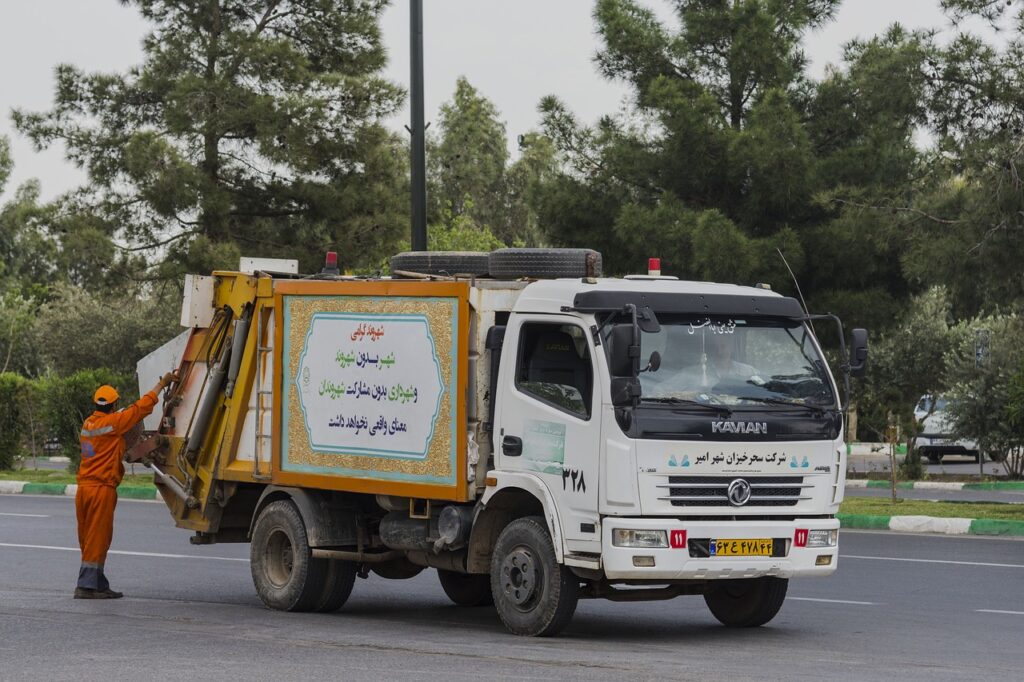Are you bad at time management? Do your daily tasks overwhelm you? Do you often put things off till the last minute or miss deadlines because of it?
If you answered yes to any of these questions, a good to-do list may help. To-do lists are basic but effective tools for organizing, prioritizing, and tracking progress. However, to-do lists vary. Some are unrealistic, imprecise, or lengthy. Others are stiff, uninteresting, or unpleasant.
How can you make a productive to-do list? To create a productive To-do list, you have to first choose the right format for the list, define your task categories and then write down your tasks. Here is a breakdown of the points.
Choose the right format
The first step to establishing a to-do list that truly works is to determine the correct format for your list. There are various solutions accessible, such as paper and pen, digital applications, sticky notes, whiteboards, calendars, etc. The perfect format for you relies on your unique style and habits.
For example, if you are a visual learner, you may prefer a bright or graphical approach. If you are a minimalist, you may favor a basic or brief structure. If you are a tech-savvy individual, you may choose a digital or online version.
The trick is to adopt a format that is straightforward to use, access, and update. You don’t want to spend more time generating and updating your list than actually accomplishing the items on it. Choose a format that works with your other tools and systems. If you use a calendar app for meetings and events, you may want to use it for your to-do list. This way, you can sync your tasks with your calendar and avoid conflicts or overlaps.
Define your categories
Creating task categories is the next step to a successful to-do list. Categorizing tasks helps organize and manage your list. You may organize tasks by project, context, urgency, significance, duration, energy level, etc.
Goals and priorities determine your best categories. If you are working on many projects, you could organize your tasks by project name or code. Thus, you can simply identify project tasks and assign time and resources. You may wish to group jobs by context or location if you operate in multiple places. Thus, you may see what you can accomplish where and when.
Choose categories that matter to you. Too many or too few categories might confuse or clutter your list. Choose adaptive categories too. You do not want tight categories that limit your creativity or possibilities.
Write down your tasks
Writing down your tasks for each category completes a functional to-do list. Tasks are the steps needed to fulfill a goal or project. Writing down your tasks helps you concentrate, clarify your objectives, and break down difficult or huge goals into smaller bits. That will help you concentrate on one task at a time
Write tasks clearly and concisely. You do not want duties that are overly broad or unclear. Also, steer clear of tasks that are so lengthy or complex that they obscure the bigger picture or the reason for doing the work.
A good way to write down your tasks is to use the SMART criteria:
- Specific: Your task should state exactly what you need to do and how.
- Measurable: Your task should have a clear indicator of progress or completion.
- Achievable: Your task should be realistic and within your abilities and resources.
- Relevant: Your task should align with your goals and priorities.
- Time-bound: Your task should have a deadline or timeframe.
A SMART assignment would read, for instance, “Write a 1000-word article on how to create a to-do list by Friday” rather than “Write an article.”
These three steps will help you make a to-do list that works. Good to-do lists boost productivity, efficiency, and satisfaction. To-do lists will not fix all your issues, however. You still need to take action and follow through on your tasks. Review and update your list often to reflect your changing priorities and circumstances.
Overall, To-do lists are only as useful as the person creating them makes them. Utilize it!




